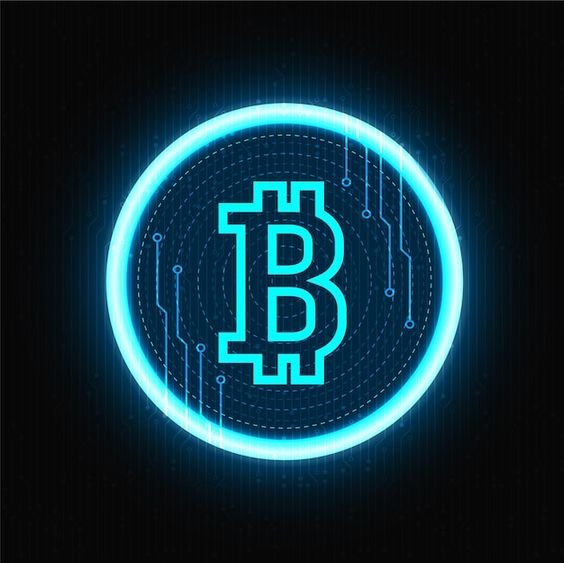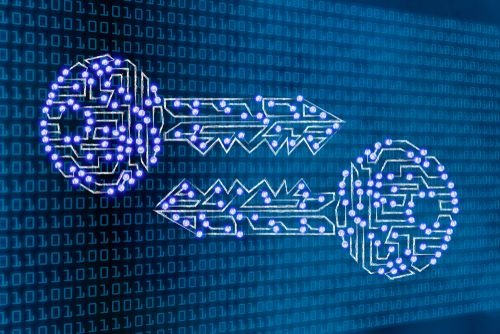
Blockchain technology has emerged as a promising solution to address several challenges in healthcare, particularly in enhancing data security and privacy. The healthcare industry handles vast amounts of sensitive patient information, making it a prime target for cyberattacks and data breaches. Traditional systems often struggle with issues such as data fragmentation, lack of interoperability, and insufficient security measures. Blockchain, with its decentralized, transparent, and immutable characteristics, offers a robust framework for securing healthcare data. This article explores the potential of blockchain in healthcare, focusing on its role in enhancing data security.
Key Features of Blockchain Relevant to Healthcare Data Security
1. Decentralization: Unlike traditional centralized systems, blockchain operates on a decentralized network. Each participant in the network has access to a shared ledger, ensuring that no single entity has control over the entire system. This decentralization reduces the risk of a single point of failure and makes it more challenging for malicious actors to compromise the network.
2. Immutability: Once data is recorded on the blockchain, it cannot be altered or deleted. This immutability ensures that healthcare records are tamper-proof, providing a reliable and accurate history of patient information. It also helps prevent unauthorized changes and maintains the integrity of the data.
3. Transparency and Traceability: Blockchain provides a transparent and traceable record of transactions. In healthcare, this means that all interactions with patient data, such as access, updates, and sharing, are logged and can be audited. This transparency ensures accountability and helps identify any unauthorized access or breaches.
4. Encryption and Security: Blockchain uses advanced cryptographic techniques to secure data. Each transaction is encrypted, and access is controlled through cryptographic keys. This level of security ensures that only authorized individuals can access sensitive patient information.
Applications of Blockchain in Enhancing Healthcare Data Security
1. Secure Electronic Health Records (EHRs): One of the primary applications of blockchain in healthcare is securing electronic health records (EHRs). Blockchain can provide a unified and secure platform for storing patient data, ensuring that records are accurate, up-to-date, and accessible to authorized healthcare providers. Patients can also have greater control over their data, granting access to specific individuals or organizations as needed.
2. Data Sharing and Interoperability: Blockchain can facilitate secure data sharing among different healthcare providers, institutions, and patients. This interoperability is crucial for coordinated care, especially for patients with complex medical conditions requiring multiple specialists. Blockchain can ensure that data shared across institutions is accurate and consistent, reducing the risk of errors and improving patient outcomes.
3. Patient Consent Management: Managing patient consent is a critical aspect of healthcare data security and privacy. Blockchain can streamline the consent process by providing a transparent and immutable record of patient permissions. Patients can easily grant or revoke consent for specific uses of their data, and healthcare providers can verify these permissions before accessing information.
4. Supply Chain Management: In addition to securing patient data, blockchain can enhance the security and transparency of the healthcare supply chain. It can track the production, distribution, and delivery of medical products, including pharmaceuticals and medical devices. This traceability helps prevent counterfeit drugs, ensures the authenticity of products, and reduces the risk of supply chain fraud.
5. Clinical Trials and Research: Blockchain can improve the security and transparency of clinical trials and research data. It can provide a secure platform for recording and sharing research findings, ensuring that data is accurate and tamper-proof. Blockchain can also facilitate the secure sharing of patient data for research purposes, with proper consent and anonymization to protect patient privacy.
6. Insurance and Billing: Blockchain can streamline insurance claims and billing processes, reducing administrative costs and fraud. It can provide a transparent and secure record of transactions, ensuring that all parties have access to the same information. This transparency can help resolve disputes, prevent billing errors, and improve the efficiency of claims processing.
Challenges and Considerations
While blockchain offers significant benefits for healthcare data security, there are also challenges and considerations to address:
1. Scalability: Blockchain networks can face scalability issues, particularly with large volumes of transactions. In healthcare, this can be a challenge given the vast amounts of data generated daily. Solutions such as sharding and off-chain transactions are being explored to address scalability concerns.
2. Data Privacy: While blockchain provides robust security, it also presents challenges related to data privacy. For example, the immutability of blockchain means that once data is recorded, it cannot be deleted, which can be problematic for sensitive health information. Careful consideration must be given to how data is stored and accessed on the blockchain.
3. Regulatory Compliance: Healthcare data is subject to strict regulations, such as the Health Insurance Portability and Accountability Act (HIPAA) in the United States and the General Data Protection Regulation (GDPR) in the European Union. Blockchain solutions must comply with these regulations, particularly regarding data privacy and patient rights.
4. Integration with Existing Systems: Implementing blockchain in healthcare requires integration with existing systems and workflows. This can be a complex and costly process, requiring significant investment in technology and training. Organizations must ensure that blockchain solutions are compatible with their current infrastructure.
5. Standardization and Interoperability: For blockchain to be effective in healthcare, there must be standardization and interoperability across different platforms and networks. This requires collaboration among healthcare providers, technology developers, and regulators to establish common standards and protocols.
Conclusion
Blockchain technology has the potential to significantly enhance data security in the healthcare industry. Its decentralized, transparent, and immutable nature makes it an ideal solution for protecting sensitive patient information and ensuring the integrity of healthcare records. While there are challenges to implementing blockchain in healthcare, the benefits it offers in terms of security, transparency, and efficiency make it a promising avenue for innovation.
As the technology continues to evolve, it is essential for healthcare providers, policymakers, and technology developers to collaborate and address the challenges associated with blockchain adoption. By doing so, they can harness the full potential of blockchain to improve data security, patient care, and overall healthcare outcomes.
ALSO READ: The Future of Cybersecurity | Trends and Predictions









